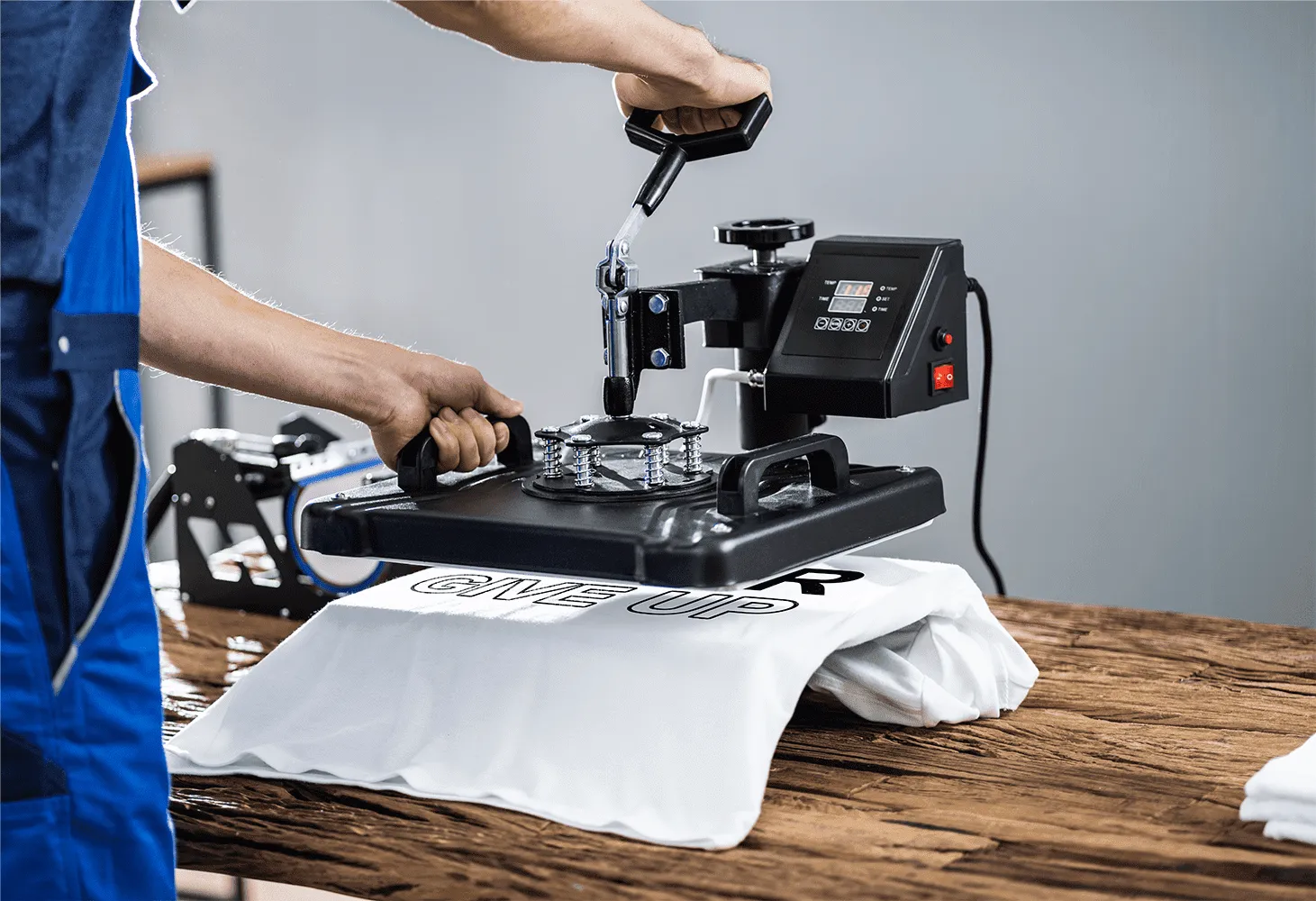As the seasons change across Australia, so do the demands on those working in various industries. From the scorching heat of summer to the brisk chill of winter, the Australian climate presents a unique set of challenges that directly impact workplace safety, comfort, and productivity. This raises an important question: Is investing in seasonal workwear truly necessary?
Understanding Australia’s Diverse Climate
Australia’s vast landscape encompasses a wide range of climatic zones:
- Tropical Regions: Northern areas like Queensland experience high temperatures and humidity, especially in summer.
- Temperate Zones: Southern regions, including Victoria and Tasmania, have mild summers and cold winters.
- Arid and Desert Areas: Central parts of the country, such as the Northern Territory, are characterised by hot, dry conditions.
- Mountainous Regions: Areas like the Australian Alps face cold conditions, particularly during winter.
Given this climatic diversity, a one-size-fits-all approach to workwear is impractical. Tailoring work attire to seasonal conditions is essential for ensuring worker safety and comfort.
The Importance of Seasonal Workwear
Safety is paramount in any workplace. Appropriate seasonal workwear plays a crucial role in:
- Heat Stress Prevention: In hot conditions, lightweight, breathable fabrics help prevent overheating, reducing the risk of heat-related illnesses.
- Cold Weather Protection: Insulated clothing shields workers from hypothermia and frostbite in colder climates.
- High-Visibility Requirements: Seasonal variations in daylight necessitate high-visibility (hi-vis) clothing to ensure workers remain visible in low-light conditions, thereby preventing accidents.
Boosting Comfort and Productivity

Comfortable employees are more productive. Seasonal workwear contributes to:
- Temperature Regulation: Layered clothing systems allow workers to adjust their attire based on fluctuating temperatures, maintaining comfort throughout the day.
- Moisture Management: Fabrics with moisture-wicking properties keep workers dry, reducing discomfort from sweat in hot conditions and dampness in cold environments.
- Flexibility and Mobility: Season-appropriate workwear designed with ergonomic features ensures that workers can move freely, reducing fatigue and the risk of musculoskeletal injuries.
Summer Workwear
In Australia’s hot and humid regions, especially during summer, consider the following:
- Lightweight Fabrics: Materials like cotton and linen are breathable and facilitate air circulation.
- UV Protection: Clothing with built-in UV resistance protects against harmful sun exposure.
- Ventilated Designs: Features such as mesh panels enhance airflow, keeping workers cool.
Winter Workwear
For colder climates and seasons:
- Insulated Garments: Jackets and pants lined with materials like fleece or wool provide necessary warmth.
- Waterproof and Windproof Layers: Protects against rain and wind, essential for outdoor tasks.
- Thermal Accessories: Beanies, gloves, and thermal socks add extra layers of warmth.
Transitional Seasons (Autumn and Spring)
During periods of fluctuating temperatures:
- Layering Options: Combining base layers with mid-layers like vests or light jackets allows for easy adjustment.
- Versatile Fabrics: Materials that balance warmth and breathability accommodate varying conditions.
Industry-Specific Considerations
Different industries have unique requirements:
- Construction and Roadwork: High-visibility clothing is essential year-round, with added insulation in winter and breathable fabrics in summer.
- Mining: Flame-resistant materials are crucial, with thermal liners for colder environments.
- Healthcare: Uniforms should prioritise hygiene and comfort, with breathable fabrics in summer and warmer options in winter.
- Hospitality: Professional appearance is key, with lightweight uniforms for kitchen staff in hot conditions and warmer attire for front-of-house staff during cooler periods.
Economic and Brand Benefits

Investing in seasonal workwear is not just about compliance and safety; it also offers economic advantages:
- Durability and Longevity: Quality seasonal workwear is designed to withstand specific environmental challenges, reducing the frequency of replacements.
- Employee Satisfaction: Providing appropriate attire enhances morale, leading to increased productivity and reduced turnover.
- Brand Image: Customised, season-appropriate uniforms project a professional image to clients and customers, reinforcing brand identity.
Customisation and Branding Options
Many businesses opt for customised workwear featuring company logos, embroidered names, and industry-specific designs. Custom branding not only enhances a professional appearance but also fosters team unity and company pride.
Key benefits of branded seasonal workwear include:
- Improved Brand Recognition: Employees wearing branded uniforms serve as walking advertisements for the company.
- Enhanced Professionalism: Uniforms contribute to a cohesive, professional look.
- Increased Employee Accountability: Uniforms help establish a sense of responsibility and belonging among workers.
The Role of Technology in Workwear
Advancements in fabric technology have significantly improved workwear performance. Some notable innovations include:
- Moisture-Wicking Materials: Keep workers dry and comfortable in hot conditions.
- Antimicrobial Fabrics: Reduce odour and bacteria buildup.
- Smart Textiles: Some workwear now incorporates temperature regulation and real-time monitoring for worker safety.
How to Choose the Right Seasonal Workwear Provider
When selecting a workwear provider, consider the following:
- Quality of Materials: Ensure fabrics are durable, breathable, and suited to the work environment.
- Industry Compliance: Workwear should meet Australian safety standards.
- Customisation Options: Look for providers offering embroidery and printing services for branding purposes.
- Cost vs. Value: Choose workwear that balances affordability with long-term durability.
Conclusion
In the diverse and often extreme climates of Australia, seasonal workwear is not a luxury but a necessity. It ensures the safety, comfort, and productivity of workers across various industries. By investing in appropriate seasonal attire, employers not only comply with safety regulations but also foster a positive work environment that benefits both employees and the organisation as a whole.













